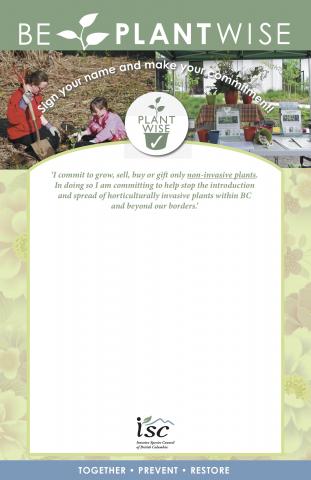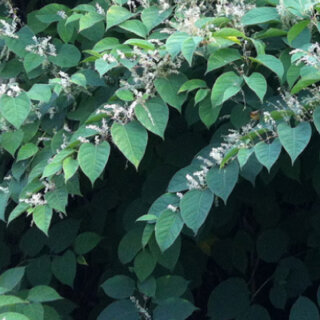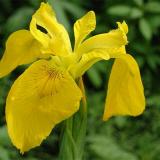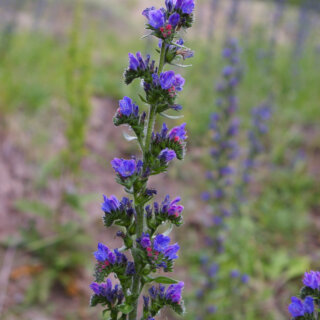The days are getting longer and signs of spring are starting to appear in the Kootenays. Before long it will have changed from ski season to gardening season. The horticulture industry has been recognized as a key pathway for invasive weeds introduction and spread. Introduced invasive garden ornamentals have unique characteristics that allow them to outcompete native vegetation causing economic and environmental harm.
Here are 10 things you can do to have an invasive free garden in 2017!
1) Don’t pick the daisies
Who among us hasn’t been tempted by some lovely flowers by the road? Take some home to put in a vase, dig a bit up to transplant…. Next thing you know it’s seeds have spread onto your property and neighbours and have overtaken your lawn and garden. Take orange hawkweed for example. Orange hawkweed produces millions of seeds that can be carried long distances by wind. If you pick it, it goes to seed extremely quickly! Once established, it has both above ground runners and below ground runners, the leaf rosette shades the ground, and it starts to exclude other plants.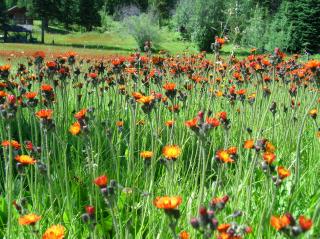
2) No dumping
We have all seen lawn clippings, old hanging baskets, or pruning clippings piled in a wooded area or on the side of the road. It may seem pretty harmless, but this irresponsible action can hurt the environment and spread invasive species. It can also introduce extra nutrients favouring noxious plant establishment and growth. They can spread from where you dump them into local intact ecosystems where they can alter habitats and reduce biodiversity. Illegal dumping of garden waste can result in some hefty fines.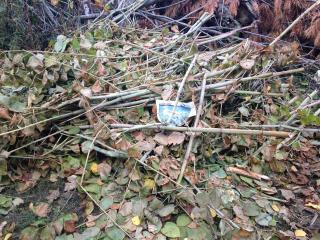
3 ) NEVER place invasive plant parts in your compost
You should dispose of invasive plant parts and seeds responsibly. Plant parts and seeds should be placed in clear plastic garbage bags and brought to local landfills to be properly disposed of free of charge within the RDCK and RDKB area.
4) Avoid “fast spreaders” and vigorous self-seeders
These words should set warning bells off in your brain…..they are code for INVASIVE! There are valuable reliable resources available through the PlantWise program so you can check that what you are choosing to grow is non-invasive and safe. Download the new PlantWise App, contact CKISS for PlantWise wallet cards and brochures or visit the site www.beplantwise.ca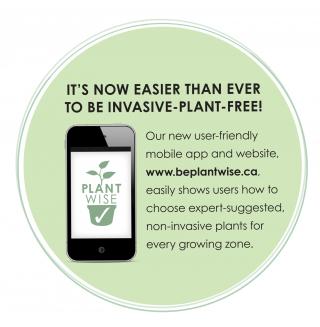
5) Deadhead
No we do not mean you have to wear tye-dye and listen to the Grateful Dead. Deadheading is the simple act of cutting flowerheads off a plant. If you happen to have invasive ornamental flowers in your garden we encourage you to deadhead them before they go to seed. This action will help prevent further spread of the plant.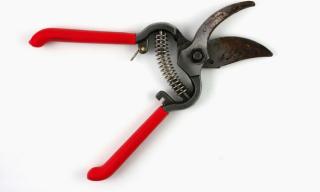
6) Avoid wildflower seed mixes
Often wildflower mixes contain seeds of invasive plants. Read the label to know what you are planting. You are better off to choose individual flower seed packages.
7) Grow native or non-invasive plants
Grow regional native plants or non-invasive alternatives. This beautiful flower called an Aster is a great choice for your flower beds. Ask your local garden store for native and non-invasive recommendations.
8) Buy invasive free soil and/or fill
Are you planning on bringing new soil onto your property for your flowerbed or veggie garden? Be sure to ask the seller about what actions they have taken in order to ensure the soil is free of invasive seeds and/or plant parts.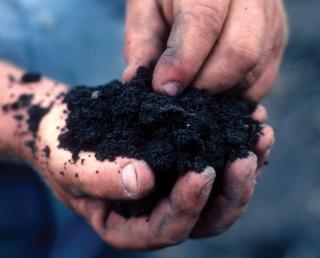
9) Educate yourself on high priority species
Knotweed for example was first introduced to North America as a decorative garden shrub and was popular with gardeners as it was fast growing and required minimal attention. Little did these gardeners know they were helping spread a plant that is aggressive and has the ability to erode river banks, disrupt spawning beds, and can grow through roadways and threaten the foundations of homes. Other plants to be aware of include: yellow flag iris, Himalayan blackberry, blueweed and purple loosestrife.
- Knotweed
- Yellow Flag Iris
- Purple Loosestrife
- Blueweed (Echium vulgare)
- Himalayan Blackberry (Rubus armeniacus)
10) Commit to being PlantWise
CKISS will have an outreach booth throughout Kootenay communities this spring and summer. Come visit us and sign our PlantWise poster and commit to choosing safe non-invasive plants to grow on your property. Keep your eye on the events section on our wesbite to know when we will be in your community. 